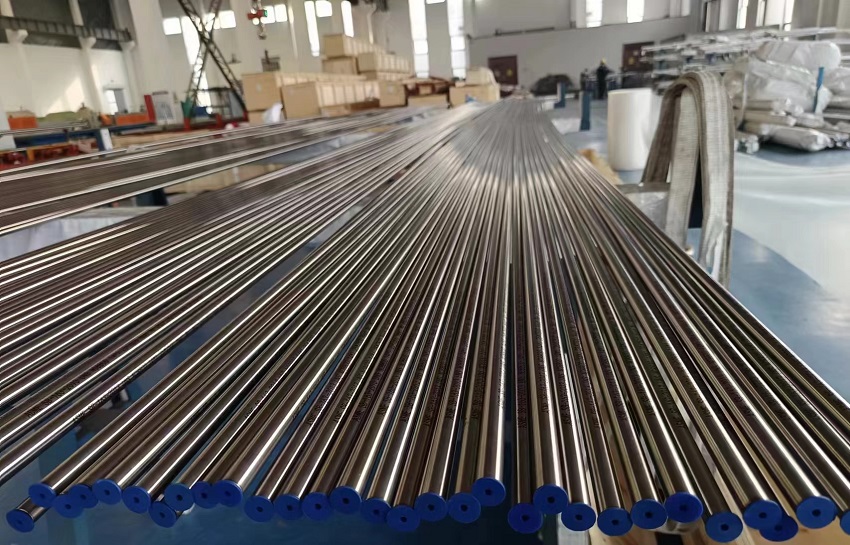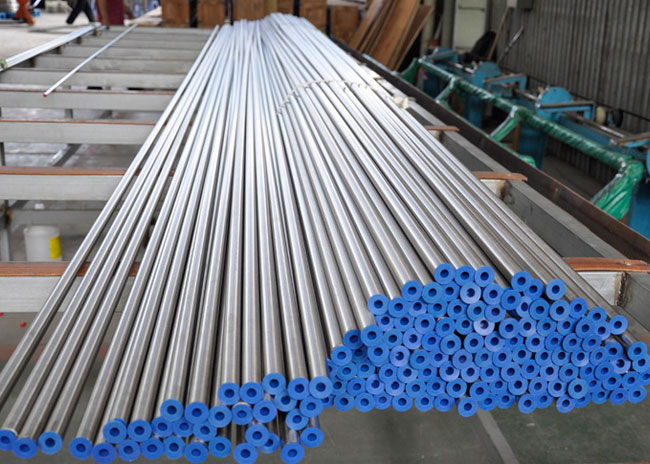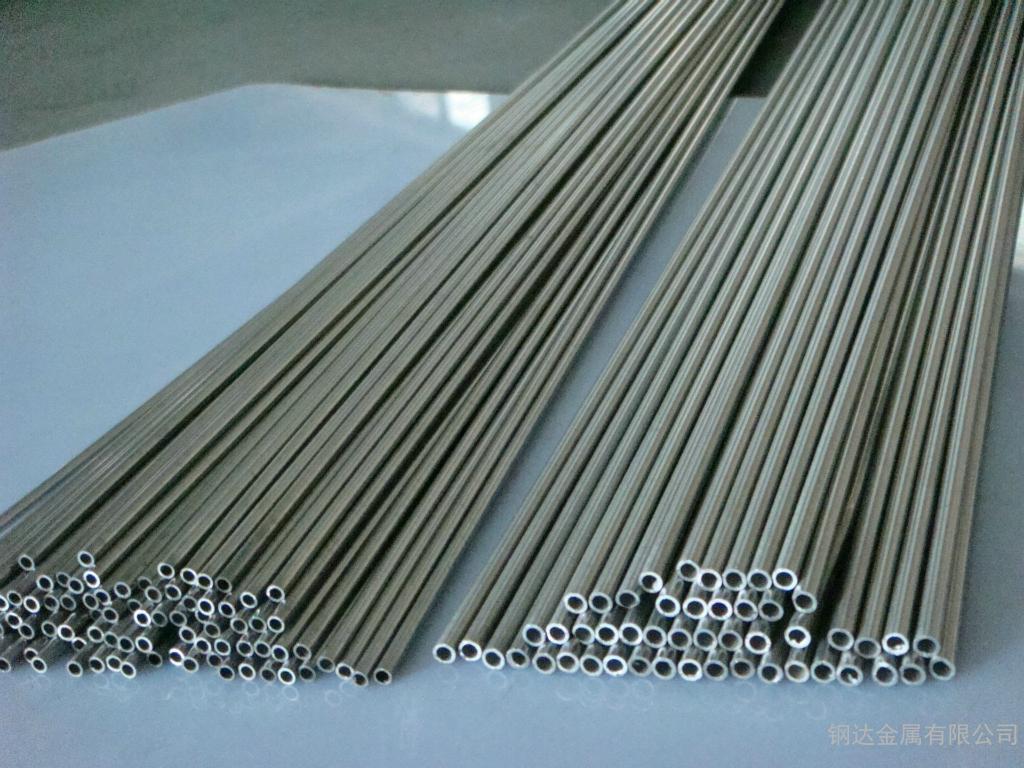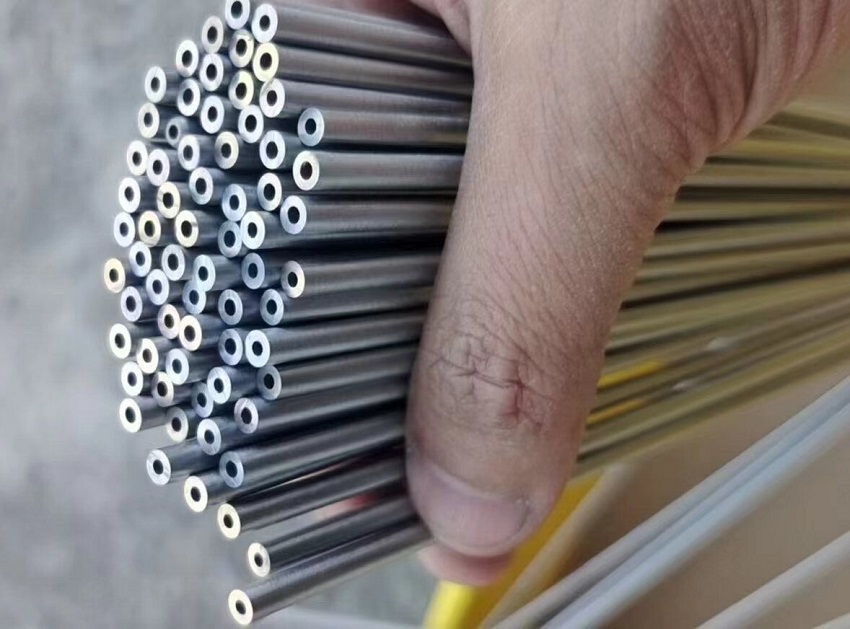NEWS CENTER
The role of each chemical element in high-strength duplex stainless steel tube
The role of each chemical element in high-strength duplex stainless steel tube
High-strength duplex stainless steel tubes are composed of a combination of chemical elements, each contributing to the overall properties and performance of the material.
C:
When the carbon content is greater than 0.05%, carbides precipitate in the alloy during cooling, severely affecting the resistance to CO2 in high-temperature environments. Therefore, in the technical solution of this paper, the carbon content needs to be set below 0.05wt% to ensure the corrosion resistance of the steel pipe. The lower limit of the C element is not specified in this technical solution because it is desired to keep the C element content as low as possible within the range of ≤0.05%, although it cannot be zero.
Si:
Silicon is an element introduced into steel by deoxidizer. When its content exceeds 0.8%, harmful phases such as intermetallic compounds are prone to form around the ferrite phase in steel. Therefore, the mass percentage of Si needs to be limited to between 0.05% and 0.80%.
Mn:
Manganese is also an element introduced into steel by deoxidizer. When the mass percentage of Mn in steel exceeds 0.6%, it reduces the toughness of the steel. Hence, the mass percentage of Mn needs to be limited to between 0.05% and 0.60%.
Al:
Aluminum is essential for steel deoxidation. However, when the Al content exceeds 0.100%, it increases the ferrite content in steel, thereby reducing the strength of the steel material. Therefore, the mass percentage of Al needs to be limited to between 0.001% and 0.100%.
Mo:
Molybdenum is the most effective element for pitting corrosion resistance. To ensure the pitting corrosion resistance of steel in environments containing a large amount of C1, it is necessary to add at least 1.5% Mo element to the steel. However, if the Mo content exceeds 3.5%, there is a risk of precipitation in the form of intermetallic compounds, which affects the corrosion resistance of the steel. Therefore, the mass percentage of Mo in the technical solution of this paper should be controlled between 1.5% and 3.5%.
Cr:
Chromium is the most important corrosion-resistant element in stainless steel. To ensure that stainless steel still has high resistance to CO2 corrosion in environments above 150°C, the Cr content must be greater than 16%. However, if the Cr content exceeds 20%, the ferrite content in the alloy will increase significantly, making it impossible to guarantee that the stainless steel pipe can achieve the required high strength. Therefore, the Cr content needs to be limited to between 16% and 20wt% in this technical solution.
Ni:
Nickel is an element that improves the corrosion resistance of steel at high temperatures. The Ni content needs to be maintained at above 3%. However, in this technical solution, the Cr element content is relatively high. If the Ni content exceeds 6%, the Ms point will be lowered to a point where martensitic structure cannot be obtained by conventional quenching treatment, thus making it impossible to achieve the required high strength of the steel. Therefore, the Ni content needs to be limited to between 3% and 6%.
N:
Adding nitrogen to steel can effectively increase its strength and hardness. This paper requires the addition of N above 0.01%. However, when the N content exceeds 0.05%, there is a sharp decrease in the toughness of the steel. Therefore, in this paper, the N content is designed to be between 0.01% and 0.05%.
The combination of these elements in duplex stainless steel creates a balanced microstructure that provides high strength, excellent corrosion resistance, and good weldability. The specific composition of duplex stainless steel can vary depending on the intended application, with adjustments made to the content of these elements to optimize performance under different conditions.

High-strength duplex stainless-steel tube
请输入搜索关键字
确定






